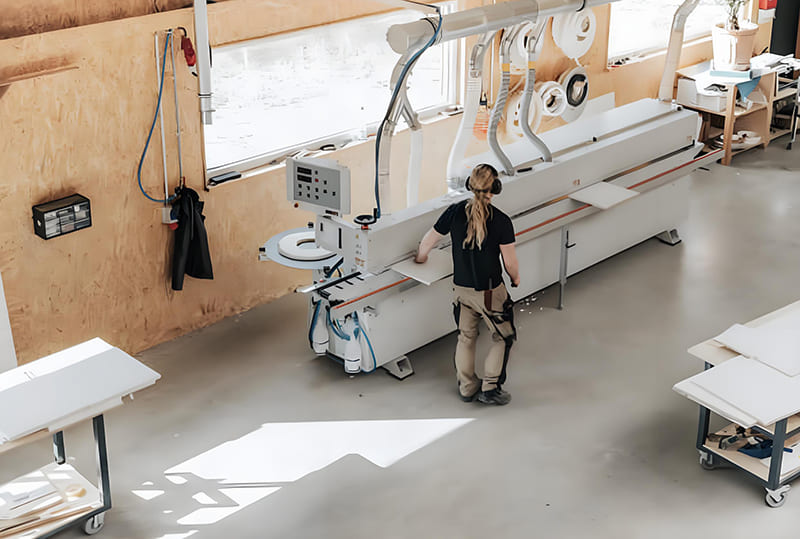
Edge banding is a crucial process in modern woodworking, especially when dealing with materials like particle board and medium-density fiberboard (MDF). The use of an edgebander machine ensures that the edges of these boards are covered seamlessly, providing a more professional, finished appearance and adding durability. In this article, we will explore how an edgebander machine works, delving into its different components, processes, and benefits, and covering everything you need to know for an informed understanding of edge banding.
Edge banding is the process of covering the exposed edges of board material with thin strips of veneer, solid wood edge, plastic, or PVC. This helps to make the product more aesthetically appealing while also protecting the edges from moisture, wear, and tear. This is essential when working with solid wood panels or other types of engineered boards that lack a naturally smooth finish on the edges.
The most common machine used for this process is the edgebander. A well-functioning edgebander can dramatically improve the efficiency of a woodworking workshop and the quality of its outputs.
Edge banding serves a range of practical purposes, such as:
Improving Durability: Edge banding protects the material from external damage, such as impacts, chipping, and moisture.
Aesthetic Finishing: Edge banding hides the exposed edges of materials like particleboard, enhancing their appearance to look like solid wood.
Comfort: It creates smoother edges, which are both safer to touch and more visually appealing.
With these advantages in mind, let us break down how an edgebander machine helps achieve these goals.
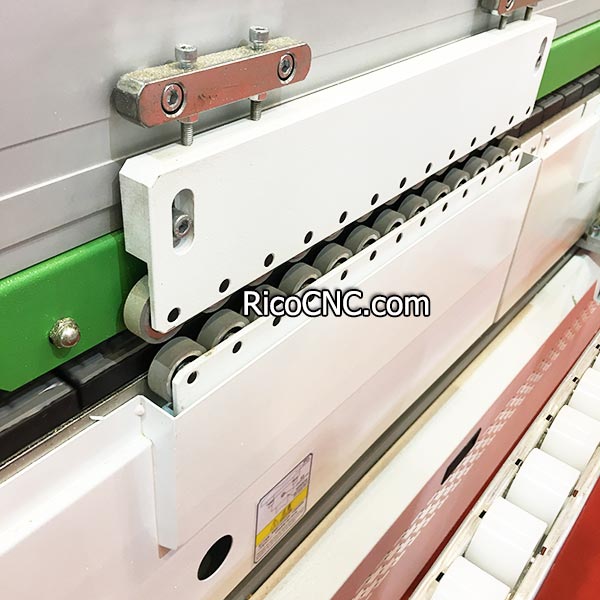
An edgebander machine consists of several vital components, each playing a specific role in the overall edge banding process. Here are the main parts you will find in most edgebanding machines:
The feeding system allows the workpiece (usually a board) to be fed smoothly into the machine. This component makes sure that the edge banding material and the board align precisely during processing.
The feeding system is typically composed of a conveyor track pads or belt and pressure rollers. As the board progresses through the edgebander, each section of the machine performs a specific function to ensure the banding is applied effectively.
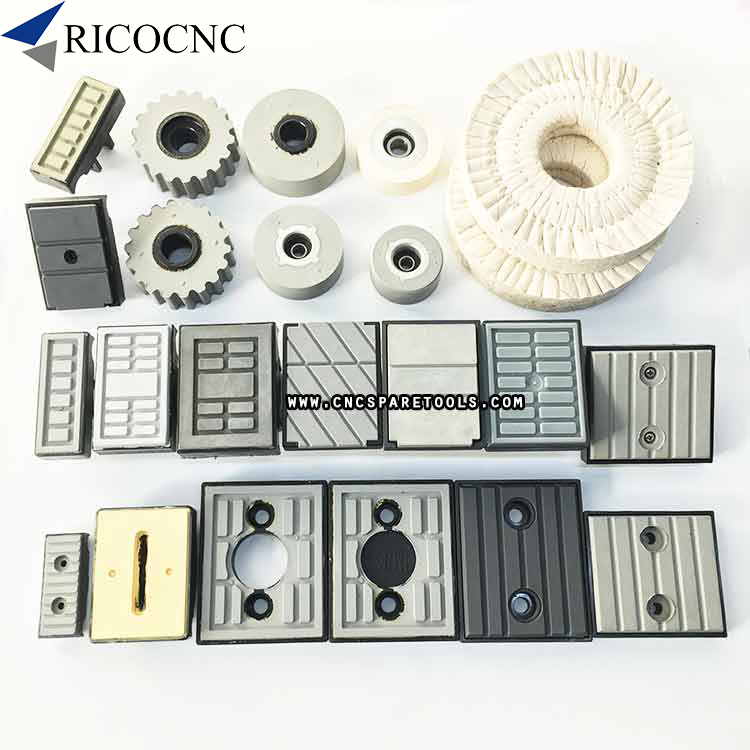
The glue application station is where the edge banding material is adhered to the board. The very important part is edgebandr glue pot. Depending on the model, hot-melt glue or a specialized adhesive is applied to either the board's edge or the banding material. Hot-melt adhesives are often used due to their strong bonding capacity and quick setting time.
The right temperature of glue is critical for achieving a consistent and long-lasting bond. Too much heat can cause burning, while insufficient heat results in poor adhesion. Operators can adjust the temperature to best match the banding material being used.
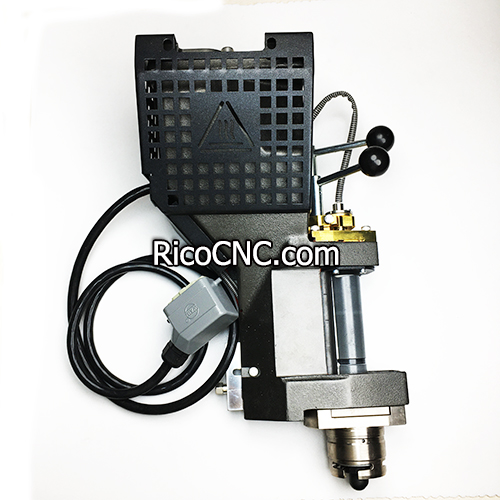
Once the adhesive is applied, the edge banding material is fed through a feeder and precisely placed on the board's edge. The machine automatically aligns the banding with the board's contour, ensuring a seamless application.
In cases where solid wood edging is used, careful alignment is essential to achieve a tight bond. Advanced edgebanders may even have laser sensors that align everything with greater precision.
After the edge banding material is placed on the edge of the board, pressure rollers press it down firmly. This ensures an even bond between the banding material and the board.
Most edgebanders use multiple rollers, often in different shapes or configurations, which helps to eliminate any gaps or air pockets that could otherwise weaken the bond.
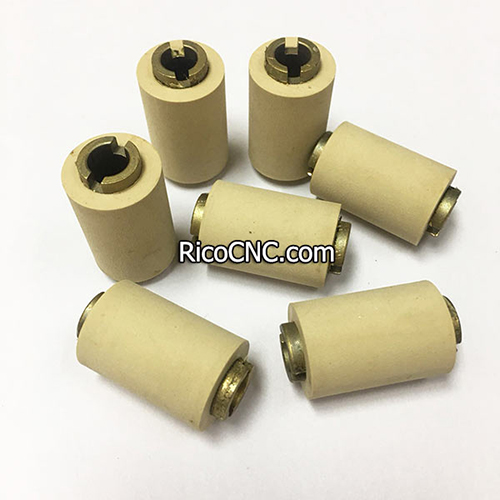
There are many different materials used for edge banding, and the choice depends on the final product's requirements and the type of board material. Here are some of the common options:
PVC is among the most popular edge banding materials due to its affordability, flexibility, and durability. It also has high resistance to moisture, making it suitable for kitchen and bathroom furniture.
ABS is an eco-friendly alternative to PVC, providing similar durability without the environmental drawbacks. It has a smooth, aesthetic finish that’s suitable for high-end applications.
Veneer edges are thin layers of solid wood, often used for achieving a real wood look on engineered boards. Veneer banding adds authenticity and character to any product, making it a common choice for premium furniture.
Solid wood edge banding involves adding a strip of real wood to the edge of the board. This option provides extra durability and the best visual match for solid wood furniture, though it is more labor-intensive and expensive.
Modern edgebander machines have advanced features that allow for more precise and intricate processing of edge banding. Here are some of the high-level functions you may find in contemporary edgebanding machines:
Pre-Milling
Pre-milling is a function that ensures a perfect edge by trimming a small layer off the board before the edge banding is applied. This step is crucial for boards that might have irregular or chipped edges.
Pre-milling guarantees that the banding adheres smoothly and that no imperfections from the initial board cutting affect the final product. By taking advantage of pre-milling, the quality and consistency of finished furniture pieces increase significantly.
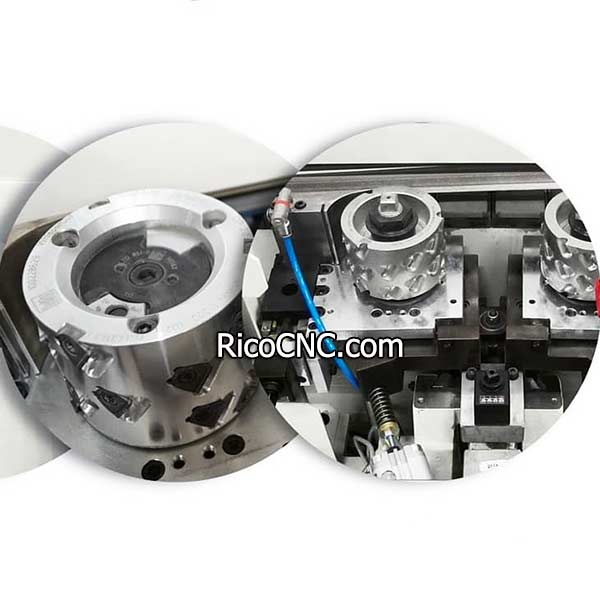
An essential feature in more sophisticated edgebanders is the corner rounding unit. This feature ensures that corners are banded seamlessly, creating a rounded effect that feels smooth to the touch.
Corner rounding is beneficial for both aesthetic and functional reasons. It adds visual appeal, but also ensures the safety of furniture by removing sharp corners.
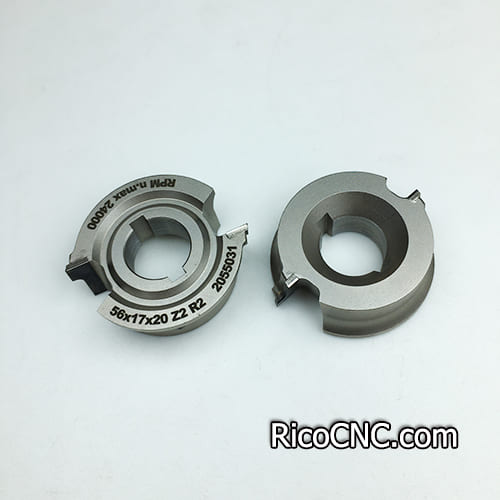
The quality of edge banding has a significant impact on the overall quality of the furniture being produced. Poor edge banding can cause several issues, such as:
Peeling Edges: If the adhesive isn’t applied well or the banding isn’t pressed adequately, edges might peel off over time.
Chipping: Without proper edge banding, board edges are vulnerable to chipping, making them unattractive and less durable.
Moisture Damage: Unprotected edges are prone to absorbing moisture, which could lead to swelling or degradation of the material, especially in particleboard or MDF.
When high-quality edgebanders are used, these problems are eliminated, ensuring the longevity and durability of the final product. Consistent and reliable edge banding quality is critical for customer satisfaction and product durability.
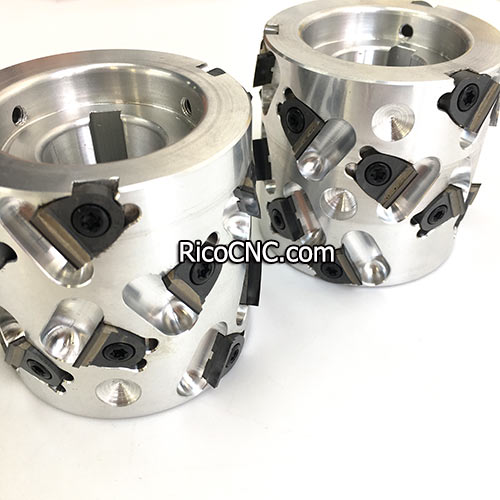
Proper maintenance of an edgebanding machine is essential for ensuring its longevity and efficiency. Here are some tips for keeping your machine in top condition:
Accumulated glue and debris can interfere with the machine’s performance. Therefore, regular cleaning of rollers, adhesive applicators, and other critical parts is necessary.
Lubricating the machine's moving parts helps reduce wear and tear, contributing to a longer lifespan for the machinery. Follow manufacturer guidelines for proper lubrication schedules.
Ensure that all cutters, including trimmers and milling tools, remain sharp. Dull blades can damage board materials, lead to poor edge quality, and reduce the efficiency of the process.
Always follow safety protocols when operating an edgebander. This includes wearing protective gloves and eyewear, and ensuring that all safety guards are in place during operation.
By following these maintenance tips, the life of an edgebander machine can be extended, and the quality of edge banding will be more consistent.
Contact: RicoCNC
Phone: 0086-13390848665
E-mail: cncsale@ricocnc.com
Whatsapp:0086-15264185266
Add: NO. 60, Weixin Road, Industrial Park, Suzhou, Jiangsu, China, 215000
We chat
